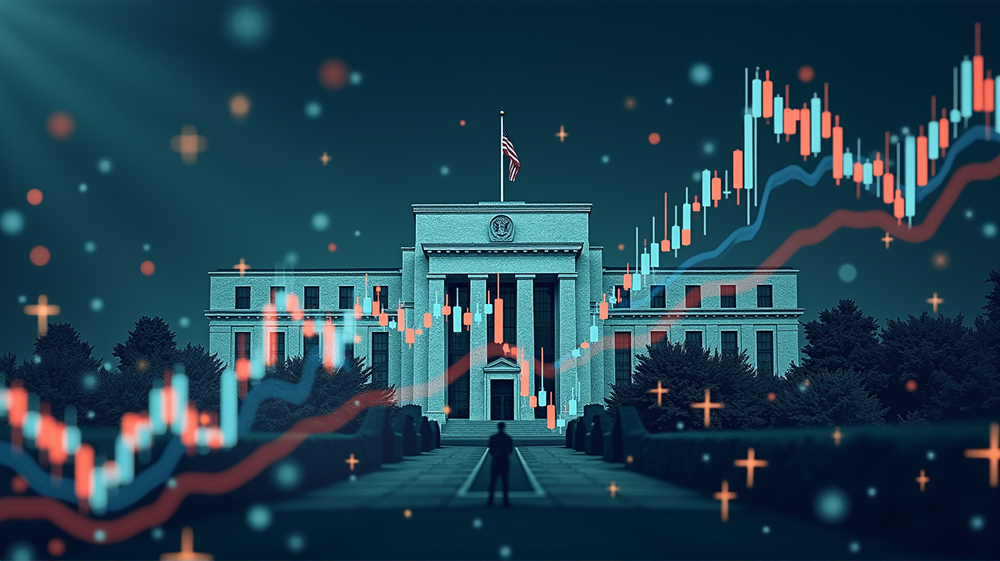Dollar Index DXY Shakes But Holds Firm Below 97 Amid Economic Uncertainty
The dollar index, a key indicator of the USD’s value against a basket of other currencies, has trimmed some losses but still remains below 97 as of the first day of July. This keeps it hovering near levels last seen in 2022, reflecting a period of dramatic financial shifts. According to TradingView, the greenback experienced a significant 10% decline in the first half of the year alone.
Tumultuous Legislative Landscape
Adding fuel to global financial apprehension, the US Senate recently passed President Trump’s tax bill with an eye-watering fiscal deficit of $3.3 trillion. This legislation, pending House approval, has stoked fears of unsustainable debt levels, casting long shadows over economic stability.
Trade Tensions Remain
Simultaneously, uncertainties loom large as officials have refrained from committing to any new trade deals. This indecision continues to keep investors on edge, further impacting the dollar’s value and emerging markets.
The Fed’s Cautious Stance
On the policy front, Fed Chairman Jerome Powell’s ‘wait-and-see’ approach has become a hotbed of speculation. Speaking at the ECB Forum on Central Banking, Powell indicated that inflation might rise during the summer months. Yet, he stressed the importance of patience, underlining that swift reactions could destabilize the fragile economic equilibrium.
Rate Cut Projections Ignite Speculation
Within this fiscal tapestry, interest rate speculations have become a focal point for financial analysts. A 25 basis point rate cut in September is currently being priced in by the markets. Furthermore, growing consensus suggests two additional cuts could close out the year, signaling a potential shift in monetary tightening strategies.
The movements of the DXY and related economic indicators continue to attract the gaze of investors and economists alike, poised to react to fresh data and legislative progress. These intricate developments underscore the nuanced and cautious tone permeating the current economic narrative.




